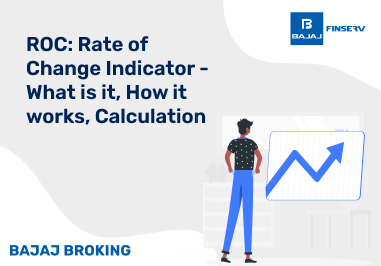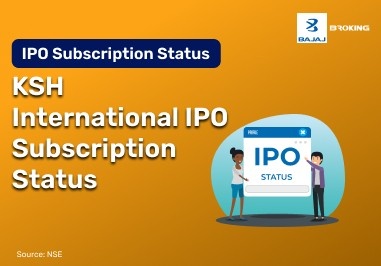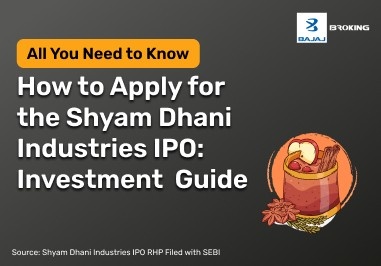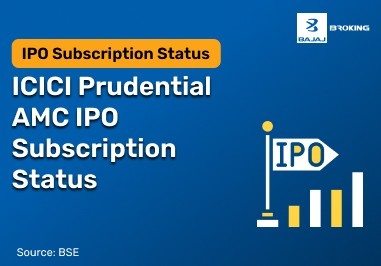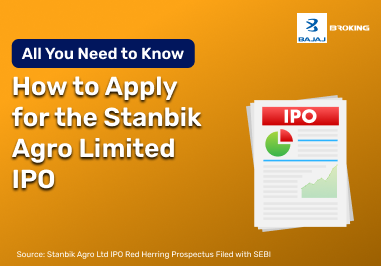In addition to receiving dividends, investors have the chance, via the SLB trading facility available on both the NSE and the BSE, to generate supplemental income by leveraging the value of their demat holdings. This gives investors willing to take on the least amount of risk the opportunity to earn a “rent” on the portfolio’s assets.
All securities traded in the F&O sector are potentially suitable for inclusion in the SLB activities. Consequently, each loan cycle occurs once each month, just as F&O does, and the investors can choose the lending month they want to participate in.
How does SLB work?
In this example, we will assume that an investor owns 100 shares of stock A and that another market participant is prepared to borrow those shares from the investor for one month for ₹2. Without taking any chances, the return, in this case, would be ₹ 24 every year. The parties involved must first sign an SLB Rights and Obligations Form formalising the terms of these transactions before they may be carried out.
If an investor wants to borrow some of the shares in their portfolio, they may tell their broker to loan them via the system.
Institutions and traders interested in futures and options (F&O) sometimes borrow stocks and securities to protect themselves against market fluctuations. Stocks may be sorted by traders, derivative fund managers, and other institutions using SLB lending.
Authorised clearing organisations implement an automated screen-based order matching mechanism for SLB activity, acting as the central counterparty ensuring settlements and earning margins.
Since the exchanges are counter-guaranteeing the facility, they must put in place sufficient precautions, such as extremely large margins and penalties if promises are not met.
All SLB transactions are settled on a T+1 basis, per the company’s standard settlement cycle. This means the loan costs are paid to the lender on the day after the transaction, and the borrowed securities are delivered to the borrower.
The transactions will expire every month on the first Thursday, unless the lender or customer recalls their shares before that day. After the time for a transaction to be completed has passed, the stock will automatically be returned to the original lender’s account.
As SLB lending is not considered a permanent capital transfer but rather a temporary lend, the original lender retains any gains from company actions that may affect the shares borrowed. As a result of this line of thinking, “Other Income” rather than “Capital Gains” is the term used by the Internal Revenue Service to classify money made from trading and other comparable activities.
How to Lend My Shares
The lender uses the SLB shares to generate an additional return on a portfolio that is now unutilised. Insurance companies, banks, high net-worth individuals, and mutual fund firms are the most common lenders. As part of the SLB transaction, the lender can instruct the broker to place an order in the system to lend their shares. These instructions must include specifics about the amount, limit or market price, client code, and securities that are to be leased.
The lending institution must also disclose the loan costs that are anticipated. The amount of money that is owed for the loan is calculated on a per-share basis. The order lifecycle for those who match the financing costs is the same as the order lifetime for those that trade on an exchange.
As soon as possible, the lender must hand up twenty-five percent of the entire amount of loan stock to mitigate any potential risk of default. The margin amount is returned to the lender after the borrower successfully takes possession of the stock borrowed from the lender. The stock is returned to the lender if the transactions are cancelled.
How to Borrow Shares
Borrowers benefit from SLB work in India since it gives them a method to borrow stocks, which may be used for arbitrage, short selling, or to avoid settling the transaction physically. The SLB stock approach allows investors with a pessimistic outlook on a company to sell those shares even if they borrowed them. The borrowers submit an order to the exchange broker, in which they specify the period, the amount they want to borrow, and the loan charge they are willing to pay.
When the borrower has been matched with a lender based on the criteria for borrowing, the borrower is obliged to bring in a margin equal to 125% of the stock value of the borrowed shares, in addition to the costs associated with the loan. While taking out a loan, the borrower can sell the shares, which will only prevent 25% of the total 125%. The use of daily MTM on the margin eliminates any possibility of borrower default.
Conclusion
Clients can lend or borrow securities at a predetermined price and time using a mechanism known as SLB work, which stands for Securities Lending and Borrowing. Lenders and borrowers can quote a loan charge and the amount at which they want to lend or borrow, and the order will be completed at the exchange if the quotations are a match. Borrow the money, and then immediately sell the shares, or engage in short selling if you believe the stock price will drop for some time. When the prices of futures or options are inaccurate, arbitrage possibilities may present themselves.

